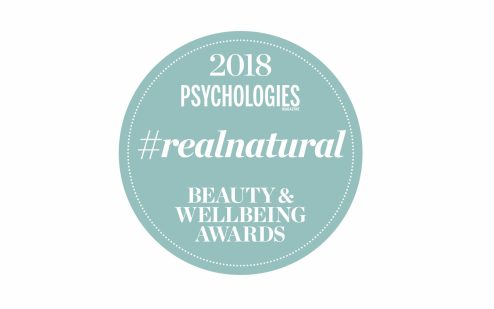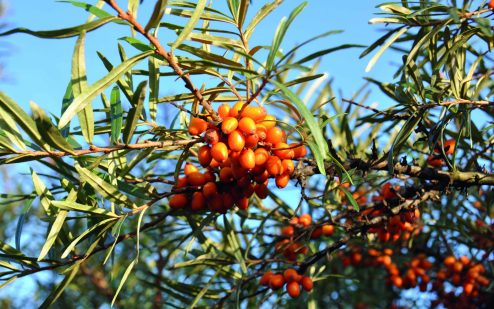Weleda: sting in the tail
At summer’s pinnacle in sultry August, the Weleda gardeners are harvesting the annual nettles that, paradoxically, soothe insect bites when used medicinally – and Kentish allotmenteer Paul Rushton reflects on nature’s potential hazards
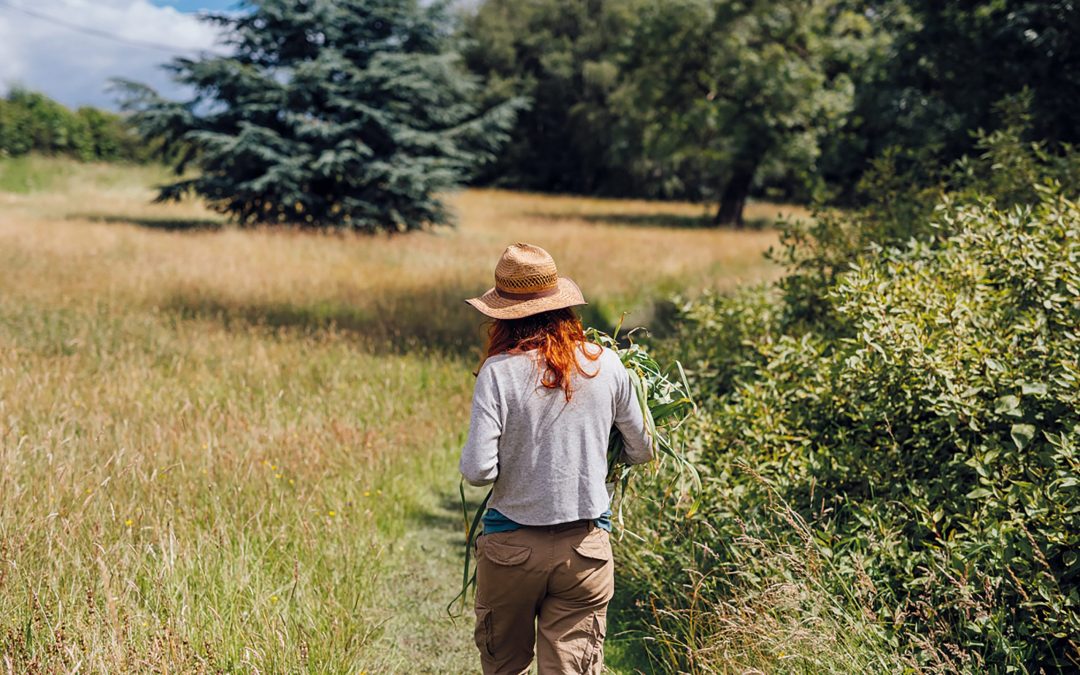
Mother Nature loves symbols – and I love all that is symbolised by growing a garden of fruit and vegetables and healing, nourishing, herbs, flowers and plants of efficacy: the nurture and investment, the freedom and self-reliance. It brings gardeners control over their family’s herbal healing, and the food that we put on the table every evening.
We support our plants with pea sticks, beanpoles, canes and care at our little allotment in Kent. In the Weleda gardens, the many subtle biodynamic forces are balanced and painstakingly administered to, in support of the plants and soil; and, in turn, we are supported by them: symbolism and symbiosis.
Thorny issues
Growing, however, is not all blooms, butterflies, bounty and benevolent bees. There are also barbs, and plants that pack a sting, or even poison. At this time of year, for all the flutter-bys and pretty dragonflies; the wasps, horseflies, ants and midges are also drawn to the garden. Gloves prove their mettle against the nettles and prongs of blackthorn, hawthorn, Scotch thistle and milk thistle, the seeds of which will be hard won later; perilously winnowed from the fearsome seed heads collected and dried in the autumn.
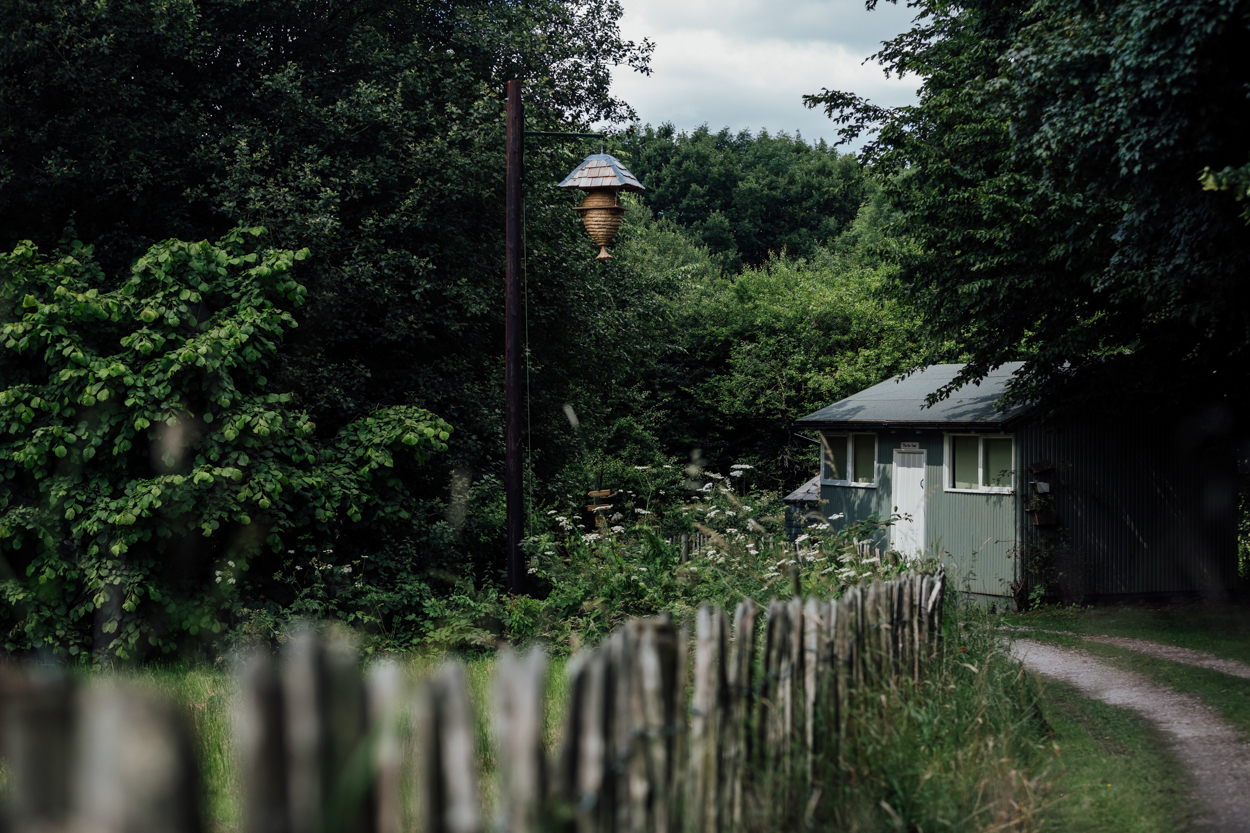
A domed sun hive in the Weleda garden; but friendly bees are not the only venemous visitors at this time of year
August, the height of summer, heralds Weleda’s urtica urens harvest, the annual or small nettle used to produce their insect bite spray. Nature has a great sense of timing. The tradition of using nettles in Western herbalism has endured, and it remains highly valued in natural medicine as a treatment for skin rashes and itchy conditions such as prickly heat. The biodynamic nettle extract is combined with anti-inflammatory organic arnica extract to tackle the painful irritation of insect bites and stings.
Nutrient-rich stinging nettles improve the health of the garden in various ways, including as a nourishing component in compost, or infused in rainwater as a green manure or fertiliser. Nettle roots break up the soil beautifully and the plant entices butterflies, the tortoiseshell in particular, for whom it is a favourite food source, and a rendezvous point.
Hurt and heal
That which is peril or poison on the one hand can be remedy on the other. Plants such as rhus tox, or poison ivy, ruta, aconite, henbane and belladonna can be irritating and venomous in their raw state, but are well used in homeopathic healing. Belladonna, also called deadly nightshade, and a relative of those other nightshades – the spuds, tomatoes and peppers we are pulling from our veggie plots – is thought to be the poison that gave Shakespeare’s Juliet her death-like appearance.
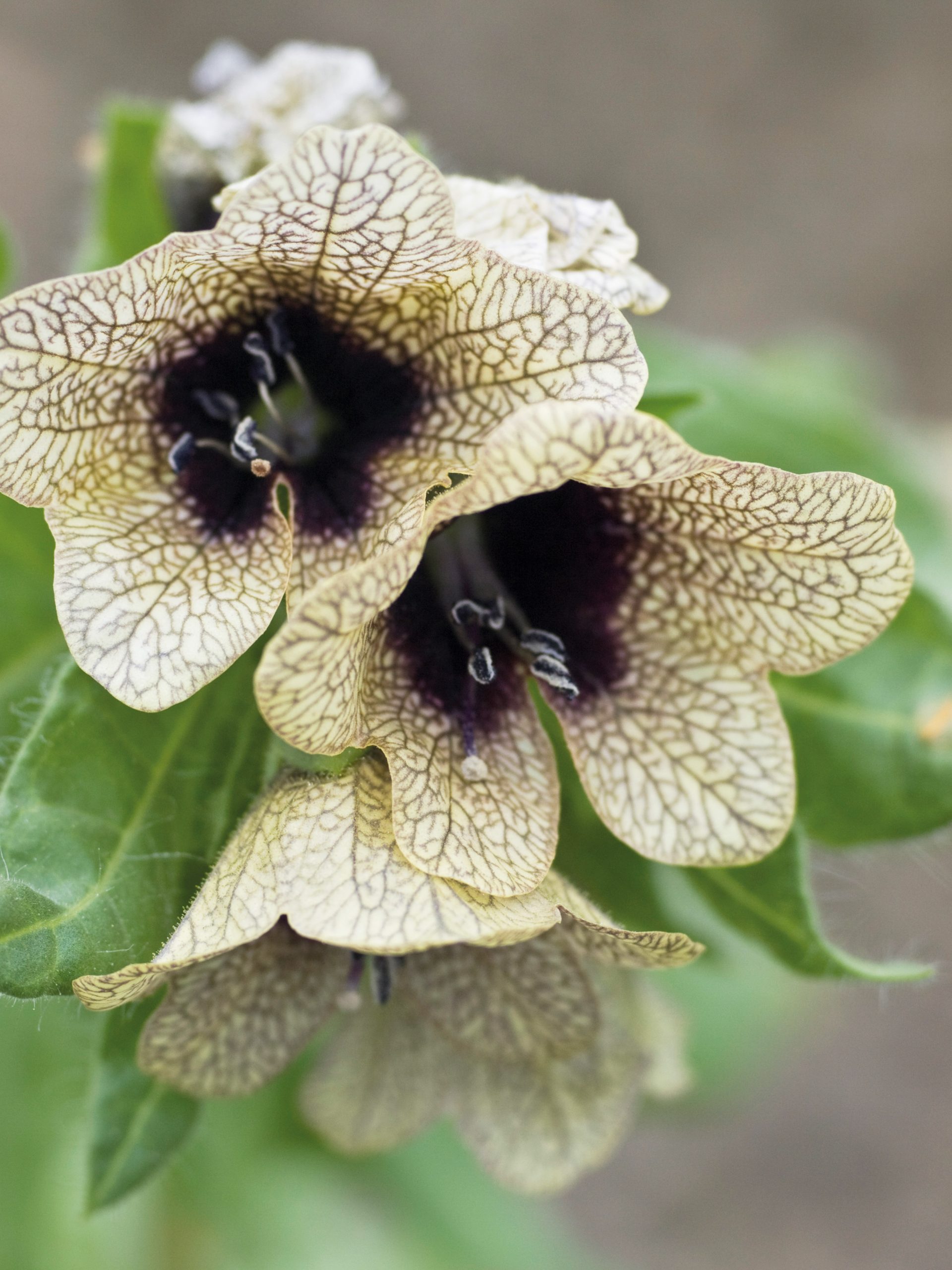
Poisonous herbane is in the nightshade family
In Renaissance Italy, it was an instrument of seduction, dropped into ladies’ eyes to dilate the pupils, which gained its other name, ‘beautiful woman’. The inky, swollen berries have proved seductive as well as fatal. Belladonna is explosive, both in its vigorous growth and the feverish intensity of its poison – yet, conversely, this hints at the symptoms it can be effective in treating homeopathically; its love of shade is also interesting, as it’s sometimes prescribed for conditions in which there is sensitivity to light, or for symptoms worsened by the sun.
We must take the rough with the smooth as we become familiar with the complexities of Mother Nature, who grows even more mysterious with each season, and miraculous. weleda.co.uk
Product of the month
Spray saviour: The annual nettle makes short work of soothing itchy insect bites.

‘With urtica urens and arnica, the all-natural Weleda Insect Bites Spray, £6.25, takes the sting out of a sting in moments. I give it a gentle shake, then spray directly onto the area, letting it air dry. It’s great for reducing swelling and soothing tots bitten by mozzies. It’s a must-remember travel companion.’ Eminé Rushton @eminerushton
Images: Weleda; iStock

